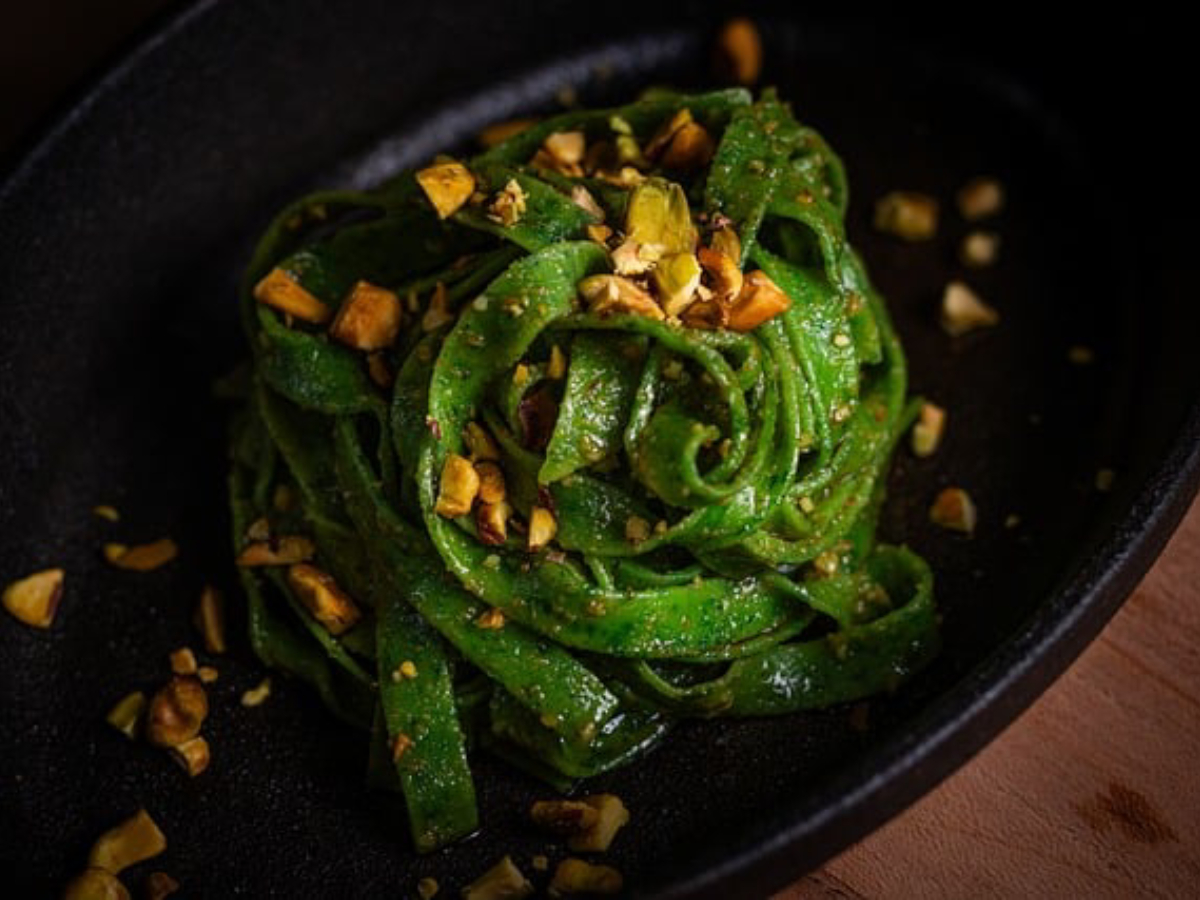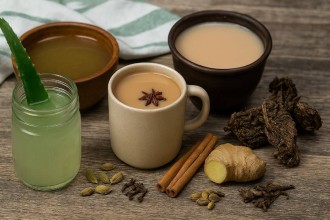Nepal, a land rich in culture, nature, and tradition, has long treasured the healing power of food. Beyond just nourishment, many traditional Nepali ingredients are deeply rooted in Ayurveda and local wisdom as natural remedies for health and wellness. These healing foods, passed down through generations, carry potent medicinal benefits that support the body, mind, and spirit.
In this article, we explore some of Nepal’s most revered traditional ingredients that do more than satisfy hunger—they heal, rejuvenate, and protect.
The Wisdom of Nepali Healing Foods
Nepali cuisine is more than just taste; it’s a form of medicine. The practice of integrating food with healing properties is woven into daily life, where local plants, herbs, and spices are valued for their ability to treat ailments, boost immunity, and maintain balance within the body.
This approach is heavily influenced by Ayurveda, the ancient system of natural healing, and local ethnic knowledge, especially from Himalayan and rural communities who rely on nature’s bounty for health.
1. Gundruk: The Fermented Leafy Green Wonder
What is Gundruk?
Gundruk is a fermented leafy vegetable made mainly from mustard greens, radish leaves, and cauliflower leaves. It is a staple in many Nepali households and a powerhouse of nutrients.
Medicinal Benefits
- Probiotics for Gut Health: The fermentation process produces beneficial bacteria that aid digestion and strengthen gut flora.
- Rich in Antioxidants: Gundruk contains vitamins A, C, and minerals that help fight inflammation and oxidative stress.
- Detoxifying Agent: Traditionally believed to cleanse the digestive tract and support liver function.
Traditional Use
After harvesting, the greens are sun-dried and fermented naturally. Gundruk soup or curry is consumed especially during cold winters to boost immunity and digestion.
2. Tulsi (Holy Basil): The Sacred Protector
What is Tulsi?
Tulsi, or Holy Basil, is a revered herb in Nepali culture, often grown in household courtyards and temples.
Medicinal Benefits
- Respiratory Health: Tulsi leaves are used to relieve cough, cold, and asthma symptoms.
- Stress Reliever: Acts as an adaptogen, reducing anxiety and enhancing mental clarity.
- Anti-inflammatory and Antibacterial: Helps fight infections and supports wound healing.
Traditional Use
Consumed as a tea or chewed fresh, tulsi is an everyday remedy for maintaining overall health. Its aroma is also believed to purify the environment.
3. Ginger: The Warming Root
What is Ginger?
Ginger is a common spice and medicinal root used extensively in Nepali cooking and remedies.
Medicinal Benefits
- Digestive Aid: Stimulates saliva, bile, and gastric enzymes for improved digestion and reduced nausea.
- Anti-inflammatory: Helps alleviate joint pain and arthritis symptoms.
- Immune Booster: Fights infections due to antimicrobial properties.
Traditional Use
Ginger tea, made with fresh ginger, lemon, and honey, is a classic household remedy for colds, flu, and digestive discomfort.
4. Yarsagumba (Cordyceps): The Himalayan Gold
What is Yarsagumba?
Known as Himalayan Viagra or caterpillar fungus, Yarsagumba is a rare mushroom found in high altitudes of Nepal.
Medicinal Benefits
- Energy Enhancer: Boosts stamina and reduces fatigue.
- Respiratory Health: Supports lung function and eases asthma symptoms.
- Aphrodisiac: Used traditionally to improve sexual health.
Traditional Use
Often consumed as powder or infused in teas, Yarsagumba is a prized tonic, especially among the Sherpa and Himalayan communities.
5. Amala (Indian Gooseberry): The Vitamin C Powerhouse
What is Amala?
Amala, locally known as Amla, is a small green fruit packed with nutrients.
Medicinal Benefits
- Rich in Vitamin C: Supports immune function and skin health.
- Antioxidant Properties: Protects cells from damage and delays aging.
- Digestive Health: Stimulates digestion and balances acidity.
Traditional Use
Consumed fresh, dried, or as a juice, amala is often part of Ayurvedic formulations for detox and rejuvenation.
6. Turmeric: The Golden Healer
What is Turmeric?
Turmeric is a golden-yellow spice widely used in Nepali cooking and traditional medicine.
Medicinal Benefits
- Anti-inflammatory: Curcumin, the active compound, helps reduce inflammation and pain.
- Antioxidant: Protects against oxidative stress and boosts immune response.
- Wound Healing: Used topically for cuts, burns, and skin infections.
Traditional Use
Turmeric is added to curries, milk (known as golden milk), and applied externally as a paste for skin ailments.
7. Black Cardamom: The Heart’s Ally
What is Black Cardamom?
Known locally as "Bari Elaichi," this smoky, intense spice is more than a flavor enhancer.
Medicinal Benefits
- Respiratory Health: Helps clear congestion and soothe bronchitis.
- Digestive Aid: Stimulates appetite and eases stomach cramps.
- Heart Health: Traditionally used to strengthen cardiac function.
Traditional Use
Used in teas and spice blends, black cardamom is valued for its therapeutic aroma and medicinal effects.
8. Chyawanprash: The Herbal Jam
What is Chyawanprash?
Although not unique to Nepal, this herbal jam made from various herbs including amla is popular in Nepali households.
Medicinal Benefits
- Immune Booster: Supports respiratory health and overall vitality.
- Energy Enhancer: Improves stamina and reduces fatigue.
- Antioxidant: Protects against infections and promotes longevity.
Traditional Use
Taken daily with warm water or milk, chyawanprash is a daily tonic especially in cold and flu seasons.
Integrating Healing Foods into Daily Life
While these ingredients have powerful benefits, their healing potential is best realized when used regularly and thoughtfully. Nepali families have traditionally incorporated these into meals, teas, and remedies, emphasizing balance and natural healing.
To honor this wisdom:
- Use fresh, locally sourced ingredients whenever possible.
- Combine these healing foods with a balanced diet rich in whole grains, vegetables, and fruits.
- Practice mindful eating, understanding food as medicine.
Modern Science Meets Tradition
Recent research increasingly supports the medicinal claims of these ingredients. For example:
- Studies confirm turmeric’s anti-inflammatory properties.
- Tulsi’s adaptogenic effects are documented in stress management research.
- Fermented foods like Gundruk are recognized for their probiotic benefits.
This fusion of science and tradition opens exciting possibilities for health-conscious individuals seeking natural wellness solutions.
A Return to Nature’s Pharmacy
Nepal’s traditional healing foods are gifts from nature, offering holistic benefits that nurture the body and mind. By embracing these time-tested ingredients, we reconnect with ancestral wisdom that honors health beyond just treating illness—fostering vitality, resilience, and balance.
In a world leaning heavily on synthetic supplements and medicines, these natural healers remind us of the power of simple, wholesome foods. Whether you savor a bowl of Gundruk soup or sip tulsi tea, you are partaking in a healing tradition that has sustained generations and continues to enrich lives.




-1740465568.jpg)





-1740461640.jpg)